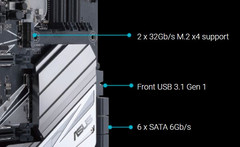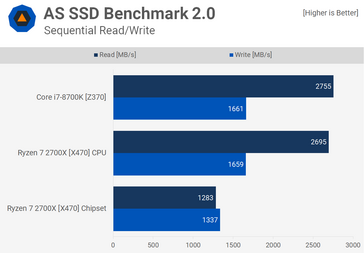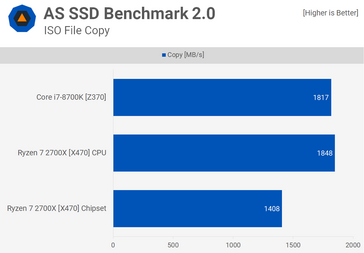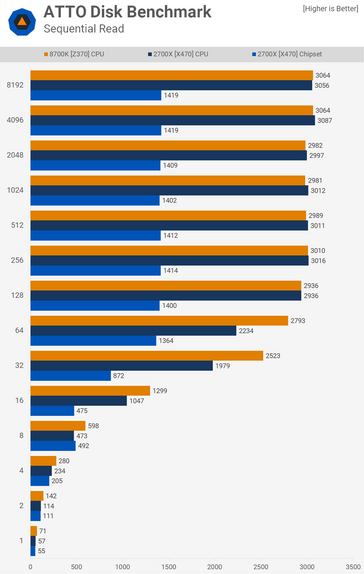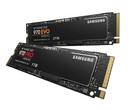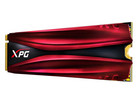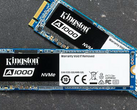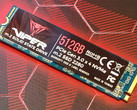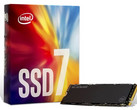NVMe SSDs that utilize PCIe lanes via M.2 or via a PCIe slot offer a large increase in data throughput over SATA based drives. It is commonly said that a PCIe x4 slot is all that is needed to get the full benefit from these drives, but TechSpot has recently tested three setups that show how the motherboard chipset can degrade performance.
TechSpot took an Adata XPG SX8200 (the 960 GB version), which uses four NAND 3D TLC chips and two DDR3 chips as a buffer combined with a high-speed controller and support for the PCIe 3.0 specification. They tested using Intel’s Z370 and AMD’s X470 chipsets. On this Z370 motherboard, the M.2 slots connect via the chipset but use an interface that is fast enough not to restrict PCIe 3.0 x4. On the X470 motherboard, there was one M.2 slot that was direct to CPU but the other was piped via the chipset and the slot to chipset connection is restricted to PCIe 2.0 speeds.
The first and most obvious restriction is in maximum speeds during sequential read and write tests. Tests performed using AS SSD Benchmark 2.0 (sequential read/write, ISO copy) and ATTO Disk Benchmark (sequential read) show a maximum attainable speed of around 1300 – 1400 MB/s depending on whether the data is compressible or not. This is compared to 2700 – 3000 MB/s read or 1650 MB/s write speeds achievable by the Adata drive using other M.2 slots.
It was interesting to see that this difference also showed in small file read performance (16 to 64 KB), where even though the drive wasn’t hitting the same speeds as it would during sequential, the one connected via PCIe 2.0 still lagged behind. Although we did think that these differences wouldn’t be noticed by most people during daily use unless your workflow involved regularly transferring a lot of data on and off the drive.
This shows that you should always check the rated speeds of your motherboard’s M.2 slots before installing your shiny new M.2 drive to ensure you are getting the best performance you can. For more details, we recommend reading through Techspot’s comparison and checking out the additional graphs.




